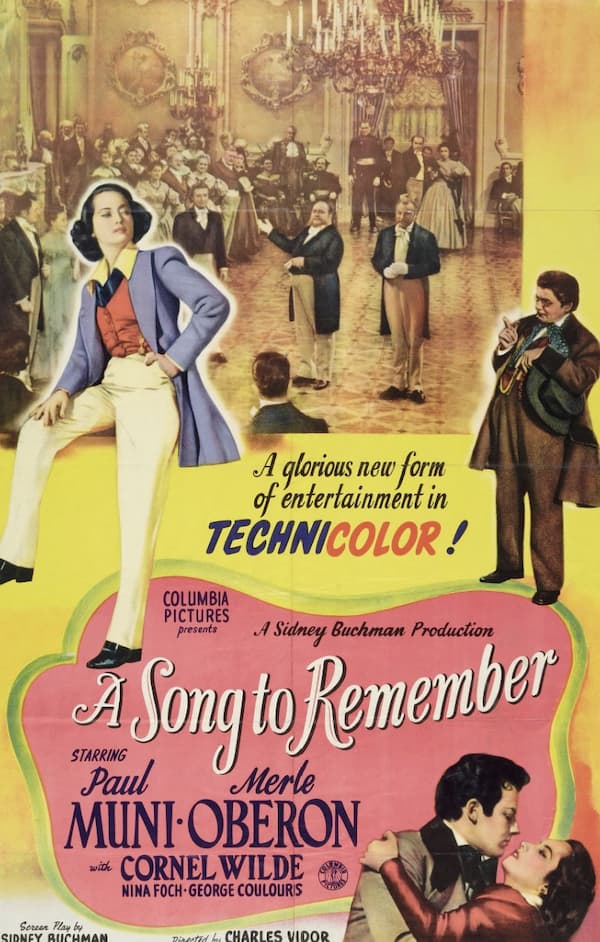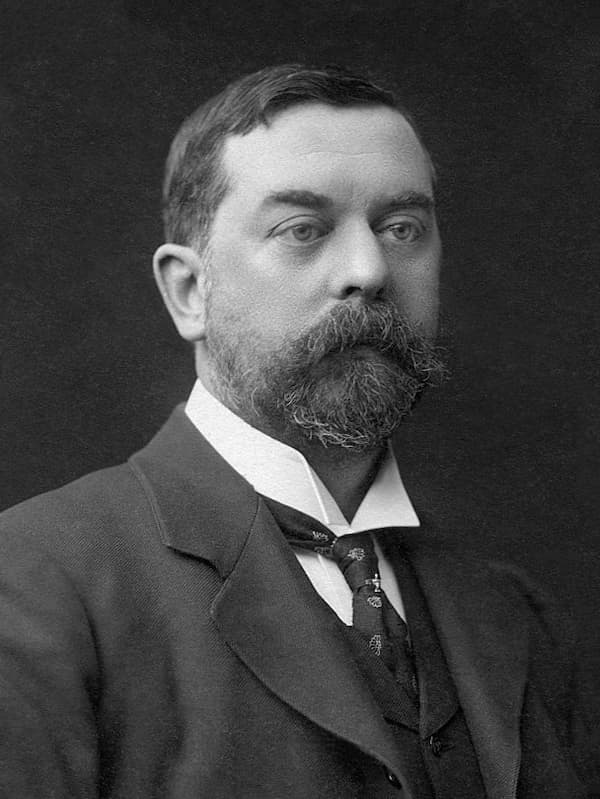This, for me, is Schubert’s most genial piano sonata and one of his most popular. Like much of Schubert’s work, it reflects the Romantic spirit of the early 19th century, characterized by its lyrical beauty, harmonic daring, and emotional qualities, especially in the slow movement. It’s often referred to as “the little A major”, to differentiate it from his penultimate piano sonata, D959, also in A major – an expansive work which displays much of the good-naturedness of the D664.

Franz Schubert © Hadi Karimi
Schubert scholars generally agree that this sonata was composed in 1819 when Schubert was on holiday in Steyr in Upper Austria. He wrote to his brother Ferdinand that the surrounding countryside was “unimaginably lovely”; whether the pastoral nature of this music was inspired by the scenery where Schubert was staying is unknown, but the sonata as a whole displays an engaging sense of enchantment and amiability.

Schubert: Piano Sonata in A, D664 – 1st movement theme
It opens with a simple lyrical melody that flows with leisurely grace and elegance. This is counter-balanced by a dramatic outburst of octaves during the development section. Brief forays into darker harmonic areas tinge this music with Schubert’s characteristic, but overall, the atmosphere of the first movement is relaxed, enchanting, and amiable.

Schubert: Piano Sonata in A, D664 – 2nd movement opening
The short Andante middle movement, with its perfectly proportioned structure, is thoughtful, hushed, and tender, marked by gently sighing repeated phrases on which the entire movement is built. It could descend into more introspective, melancholy territory, but Schubert retains a sense of warmth by introducing a flowing accompaniment to the melodic line. And so, the mood remains dreamy and wistful.

Schubert: Piano Sonata in A, D664 – 3rd movement theme
The buoyant mood is restored in the insouciant finale, whose main motif is joyful and light-hearted with tumbling scales and dance-like passages which show Schubert’s keyboard writing at its most sparkling. Yet despite all the apparent lightness and charm, the movement contains moments of great drama and forcefulness in a short minor-key episode, which is quickly eclipsed by the return of the blithe spirit of the opening motif.
Although this is one of Schubert’s shorter piano sonatas (c20 minutes in total), it is no less challenging for the pianist. Perhaps its greatest difficulty lies in reconciling its apparent simplicity and pretty salon melodies with its emotional complexity, which comes from Schubert’s daring use of harmony and juxtaposition of motifs and ideas.
One of my favourite recordings of this sonata is by Maria João Pires – her rendition of the slow movement is particularly fine:
Franz Schubert: Piano Sonata No. 13 in A Major, Op. 120, D. 664 – II. Andante (Maria João Pires, piano)
Meanwhile, Stephen Hough’s performance of the final movement from his 2022 recording is an absolute joy:
Franz Schubert: Piano Sonata No. 13 in A Major, Op. 120, D. 664 – III. Allegro (Stephen Hough, piano)
For more of the best in classical music, sign up for our E-Newsletter




